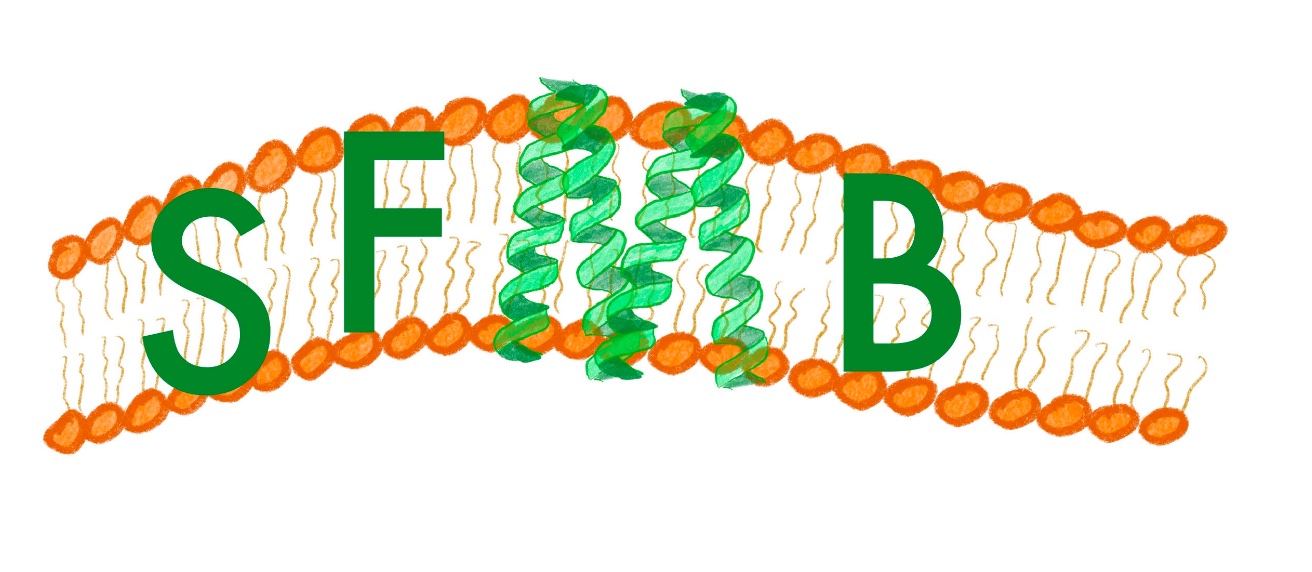
SFMB
Structure and Function of Biological Membranes
Bacteria have developed an efficient strategy to avoid being killed by cytotoxic drugs. They express membrane proteins known as multidrug efflux pumps that actively expel molecules of various size and shapes, including antibiotics, out of the cytoplasm. The molecular basis underlying substrate specificity is not understood, preventing rational approaches for inhibition. We use structure resolution, biochemical and biophysical characterization to understand multidrug efflux.
The human organic cation transporters OCT1, OCT2 and MATE1, MATE2 are expressed in hepatic and renal cells and play a key role in drug pharmacokinetics. The efficacy of common drugs is directly related to the function (and malfunction) of these proteins, which is to be expected since 40% of prescribed drugs are organic cations. We study the structure and dynamics of OCTs as a function of various ligands using structural resolution (Cryo-EM, X-ray crystallography) and mass spectrometry (H/D exchange).
The conformational dynamics of transporters are the linchpin of their function. Transport proteins alternate between different conformational states open to opposite sides of the biological membrane to allow substrate transport. HDX-MS is well adapted to follow shifts between theses different conformational states. This method is currently not easily applicable to the study of transporters in native-like environments. We are developing workflows and methods to facilitate the study of transporters in complex and heterogeneous environments closer to the cellular one.
CM2 (Plaine)
Cellular and Molecular Microbiology
Our long time ambition is to understand key steps in the molecular mechanisms of ppGpp synthesis and hydrolysis across bacterial species, which ultimately leads to the formation of antibiotic-tolerant cells. We are focused on the study of RSHs enzymes and their regulatory interplay. These enzymes controls (p)ppGpp levels, a crucial aspect of the stringent response. Our research is mainly focused on the structural and biophysical characterization of long GTP-pyrophosphokinases/hydrolases from different bacteria as well as small RSHs that form part of TA operons. We are also very interested in discovering new compounds that can modulate the activity of RSHs enzymes.
Toxin-antitoxin (TA) modules are ubiquitous operons found in the genome of prokaryotes and mobile genetic elements. Co-expression of both genes is typically harmless to the cell, however if the action of the toxin is not damped, the cell will receive a ‘toxin overdose’ and by consequence the action of the toxin will lead to cell death. These toxins target major bacterial process and nanomachines mimicking sometimes the action of known antibiotics, and the regulation of these small networks if usually a complex regulatory affair.
We use structural biology, biophysics and biochemical techniques to study TA toxin functions. We are especially interested in discovering novel functions involving TA toxins.
